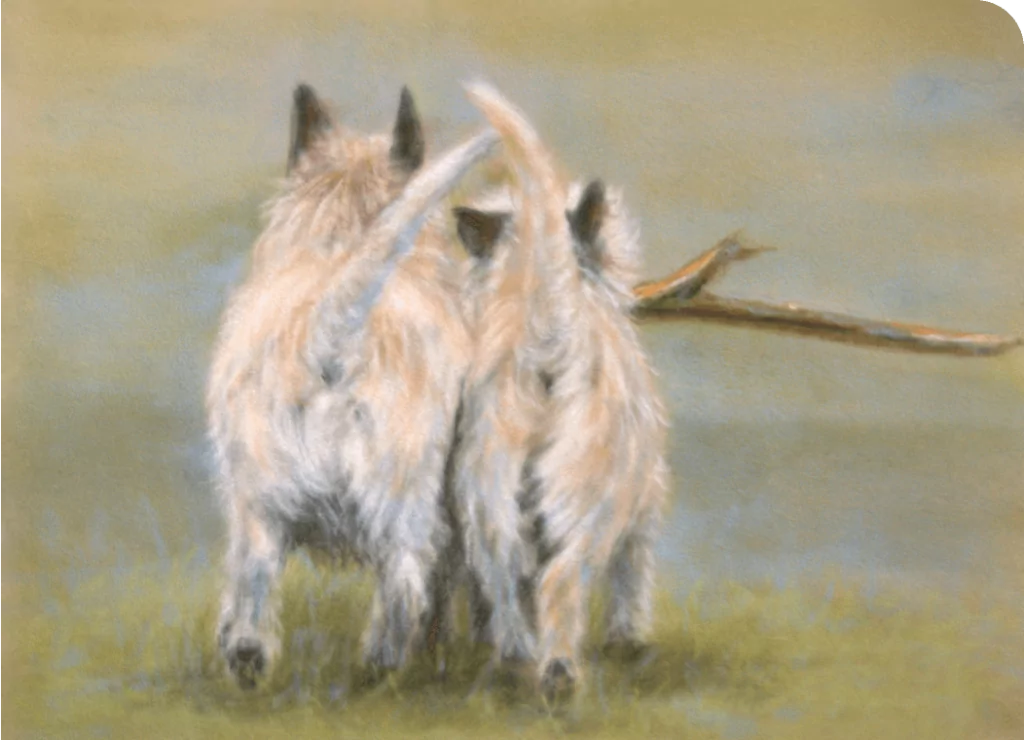
Learn All About Cairn Terriers
Click on a link below to learn more about the breed
|
Welcome to the brand new Col. Potter website! |
No products in the cart.